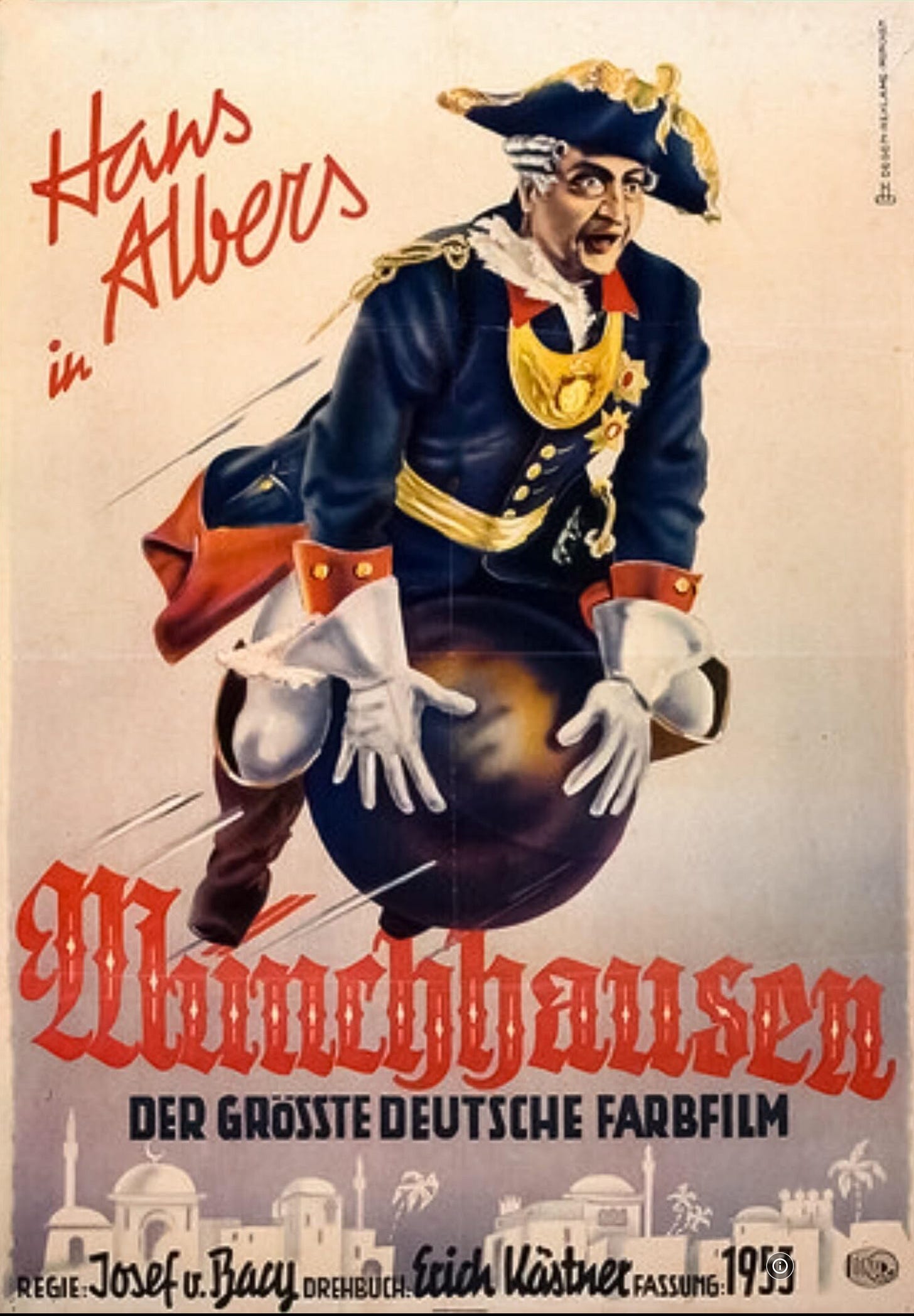Bored to death with these ramblings of the so-called modern cinema, where all the novelties are about superheroes as if the audience became idiotic, I had no choice but to find some thrilling films harking back to the 40s. When cinema was the ultimate art form. And Agfacolor challenged Technicolor and Kodachrome.
The twelve years of nationalist revolution and collective delirium that was the infamous German Third Reich, besides a brutal war in order to achieve the same privileges as the declining British and French colonial empires, also brought back a fair amount of propaganda films with endless funds provided by a totalitarian and criminal state.
However, at the end of that bloody trail of tirades against the Jews, old-fashioned European folklore, precisely when the British-American raids were leveling entire cities day and night –like Dresden, Munich, Hamburg, or Berlin– something peculiar happened. And we might sort it out as the Agfacolor Swann Song.
Technicolor and Kodachrome were Hollywood’s first innovations to enhance black and white films. But the Germans had their system, the Agfacolor. Joseph Goebbels, a genius propagandist, thought that the best way to cheer up the morale of the beleaguered population was by giving fortunes to film productions where the element of phantasy was like an acid drug.
Can you believe that? In case you’re confused now, I’m talking about using cinema as a mere escapism art form, which is not far away from the purposes of fiction, that is, amaze, persuade, inform, entertain, explain, and describe.
I was a child when I saw for the first time in the encyclopedias that my Pa bought that image of the Baron of Lies, Münchhausen, riding a cannonball. Alas, I didn’t pay attention to the year the film was made, and either put two and two together. That was also what the beleaguered Germans were having as entertainment. While they were dying by bombs or their own hand. Still the most fanatical were trusting blindly the last wonder weapon.
Riding a cannonball doesn’t capture my imagination anymore. I shall tell you what it does actually. If you have some philosophical readings on your bookshelves like Friederich Nietzsche, maybe you find yourself in the same spot I am.
Consider watching Rite of Sacrifice without prejudices, and think about the human beings who knew their fate in advance. That collective delirium’s last stages certainly were a bitter end after such monumental hubris. This film was directed by Veit Harlan with no apparent Nazi topics at all. The Slovenian philosopher Slavoj Zizek also thinks is a masterpiece, calling it a hallucination within hallucination. What a trip! Is not that what we know simply as fiction?















Share this post